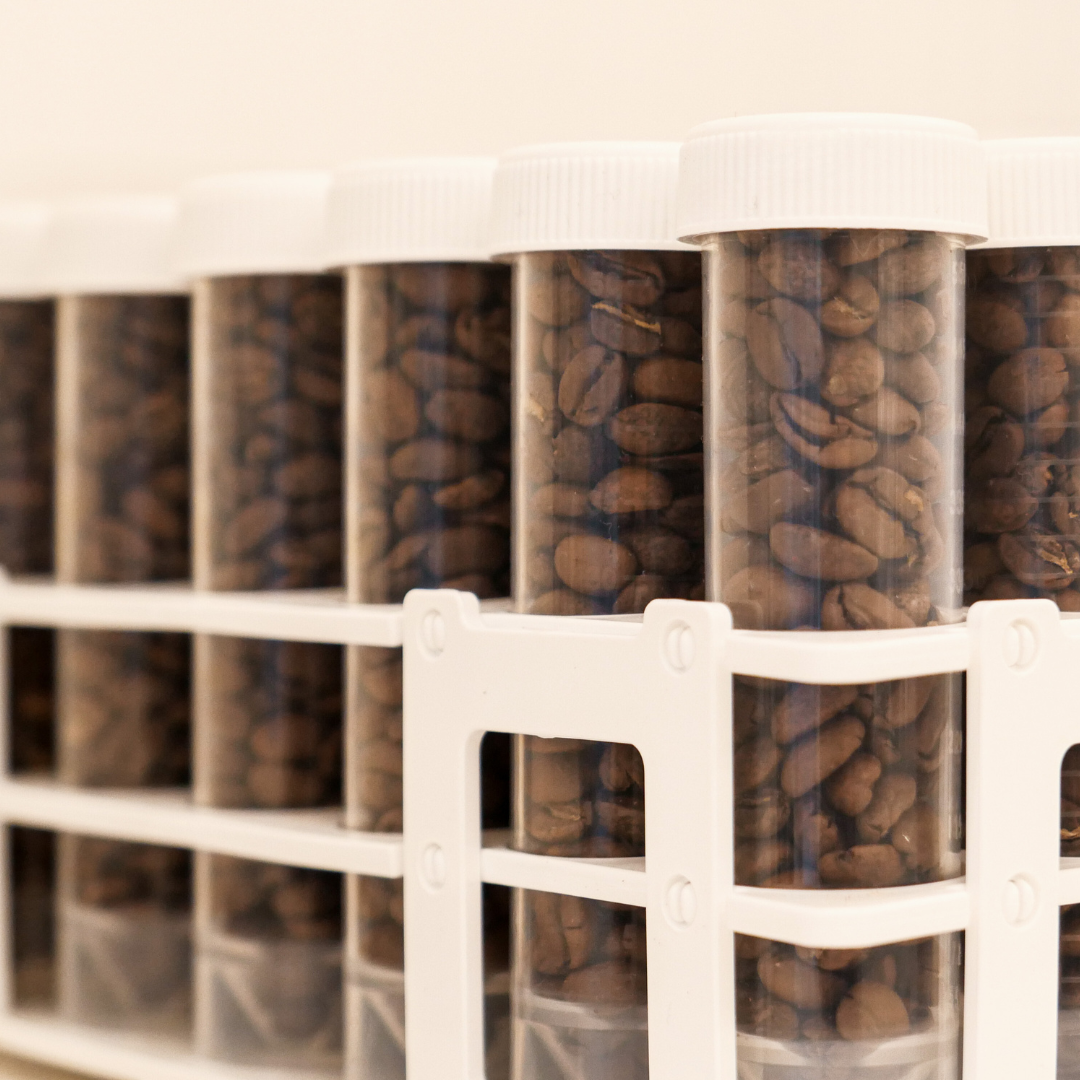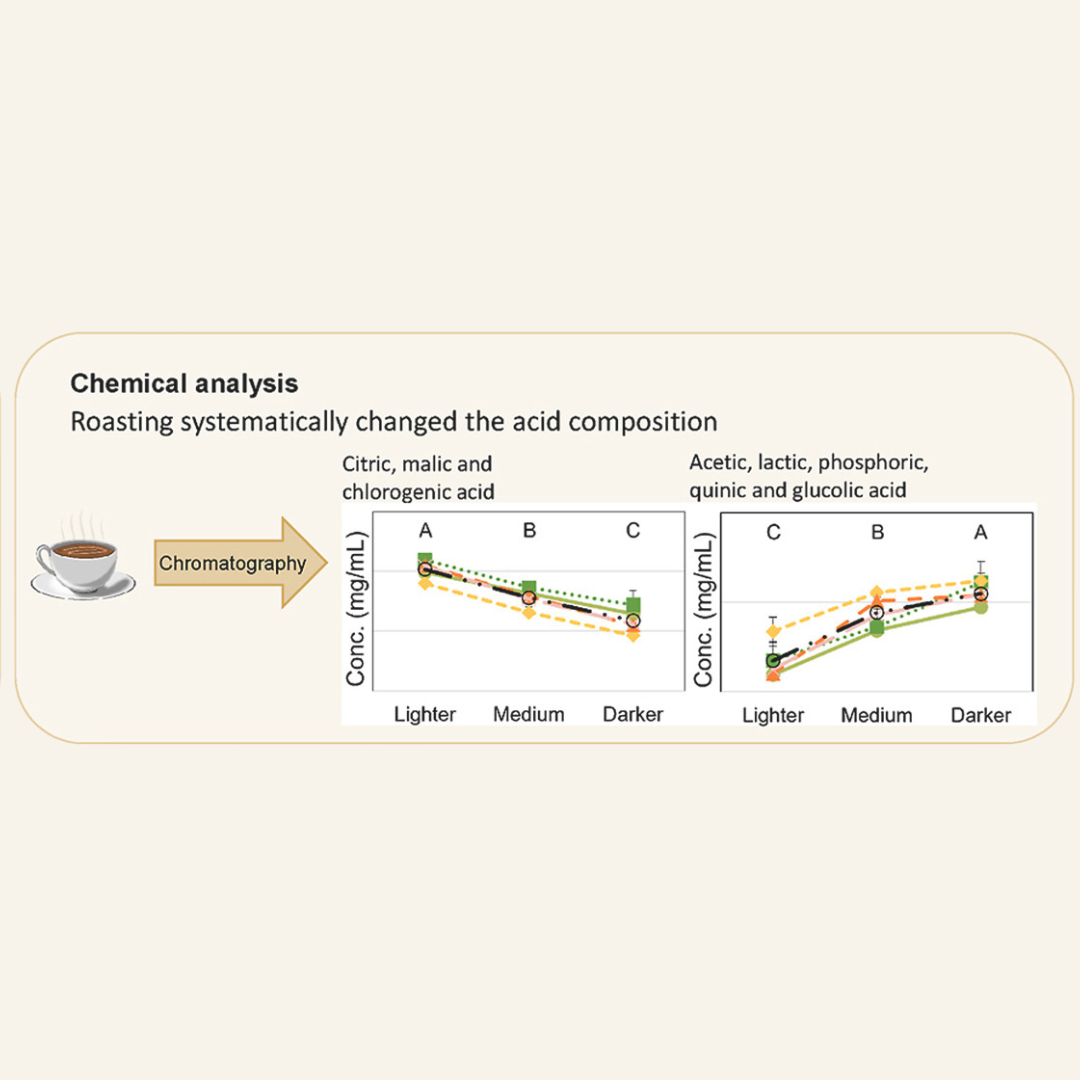How to make a good blend?
Blend(or blending) is one of the coffee products that many roasters produce. There’re milk coffee blend, espresso blend, house blend, seasonal blend, etc. As there are many different blends, each one has a different concept, target, and purpose. And there’s nothing right or wrong, it’s just different.
Purpose of the blend
When we create a new blend, there is always at least one purpose of making it. Well, every roaster is not the same in approaching. But, there’s a purpose, always. What I always consider firstly regarding the purpose of the blend is what the final product will be like. For example, roasting for milk coffee is totally different from roasting for espresso or filter.
Well, it could be like using the same bean and applying different technics of extraction to get the best result and it actually works. But, importantly, when planning production, designing a product for its own particular purpose is easier to achieve the objectives. It’s the same as business. Considering customer, market status, 4p, 7p, etc. is not just only marketing strategy but it is also applied in developing the products.
Target extraction, drink strength and equipment.
If the roaster is experienced enough, he/she could have some ideas that allow him/her to be able to estimate the outcome of the roasting profile. For example, before starting to roast the bean, the roaster might want to make the coffee to taste the best in a little broad range of extraction like ‘for espresso, 19g of coffee dosed, 40-42g of beverage yield, 24-28 seconds of extraction time’ or ‘for milk, 21g of coffee in, 40g out, 26-30 seconds’. This contains the purpose of the blend, the style of extraction with considering the equipment he/she uses. If that’s a filter coffee bean, it could be like ‘for Hario v60 with Chanho-tornado method, 15g in, 1:16 brew ratio, 2 minutes time’ or ‘for Hario v60, 4-6 method, 20g in, 1:15 ratio, 3 minutes’ or ‘for Kalita wave pour-over, 15g coffee, 250g water, 2min 30secs’.
For the blend, there’s another consideration which is ‘drink strength’. If it's a black coffee purpose, that’s fine. But if it’s for milk, the drink strength should be considered. To illustrate, let’s assume the size of the cup is 8oz(236.59ml), and you put a single shot for each cup of coffee. And the recipe is 22g in, 44g out, 30sec, 9.4% TDS and 19.5% EXT. As a milk coffee in the cup, there are 4.29g of the soluble compound of coffee out of 236.59g (let’s assume 1ml is 1g for an easier calculation), which is 1.81% of the total drink. The recipe for the damn good blend is 22g in, 26g out, 38sec, 17% TDS, 20.8% EXT hence 4.576g of soluble compounds of coffee then 1.93% strength of the total drink.
It does not matter of that ’the stronger the better’ or the other way around. Taste is very subjective. However, increasing the solubility of the coffee can help baristas make coffee tastes great so much easier as well as a better consistency. And understanding the correlation between the drink strength, solubility and roasting profile is not that easy, even for roasters. (It requires a tremendous amount of experiment in the field.)
Selecting origins
This is another tricky part of making the blend. One of the common errors in creating a blend is that people just mix whatever they taste good. The problem here is related to packaging and transporting. When the roasted bean is packed in a bag and delivered to cafes, the coffee bean has gone through a long way travel. There should have been a lot of vibrations from moving the bag, box and even the delivery vehicle.
This is caused by Brasil Nut Effect. Troy Shinbrot(2004, HTTPS://WWW.NATURE.COM/ARTICLES/429352B) of Nature said,
'Every farmer can attest to the curious fact that the largest crop each spring is the boulders that appear, untended, on open fields. Common wisdom holds that this crop is loosened from the soil by frost heave, and rises because small pebbles can slip beneath large boulders, but not vice versa.'What happens in the coffee bag is that the smaller size coffee beans and the larger size are separated in the same bag, even though it was roasted and mixed very very well. And this affects the consistency of the coffee being served a lot. However, if the roaster considers the screen size of the coffee before creating the blend, the impact of the Brazil Nut Effect can be reduced.
So, roasters should be very careful when they select origins for the blend. Not the only flavour of the coffee is important but also screen size really matters.
Flavour profiling
After all of the technical considerations are sorted out, the flavour of the coffee is definitely a key aspect of creating the blend. This reflects the roaster’s taste and philosophy. If the blend tastes bad, go back to the previous section. If the blend tastes good, that’s perfect.
Quality Control
There is no right answer to how quality control should be done. However, it is recommended to have a strict standard in terms of the way to assess, equipment, water, and structure of assessing. Numbers that are related to the roasting profile and extraction are important. On top of that, sensory evaluation is the key. QC is not only to maintain the quality but also to find the points where to improve.
The best coffee is not only made by using good quality coffees but also this requires a tremendous amount of effort from A to Z, even beyond that.


